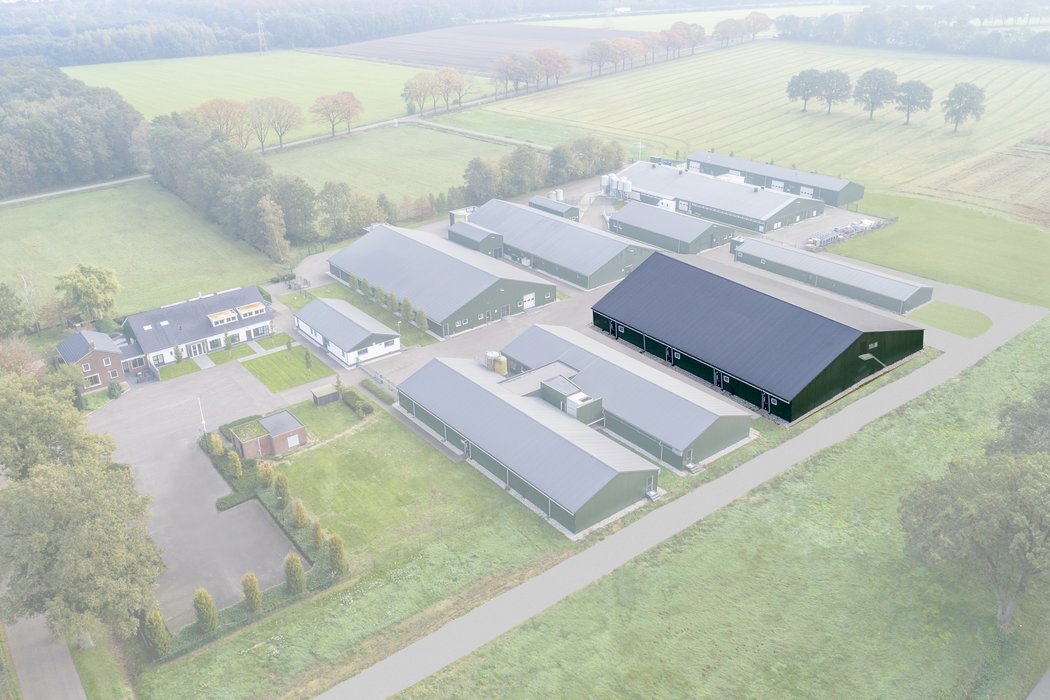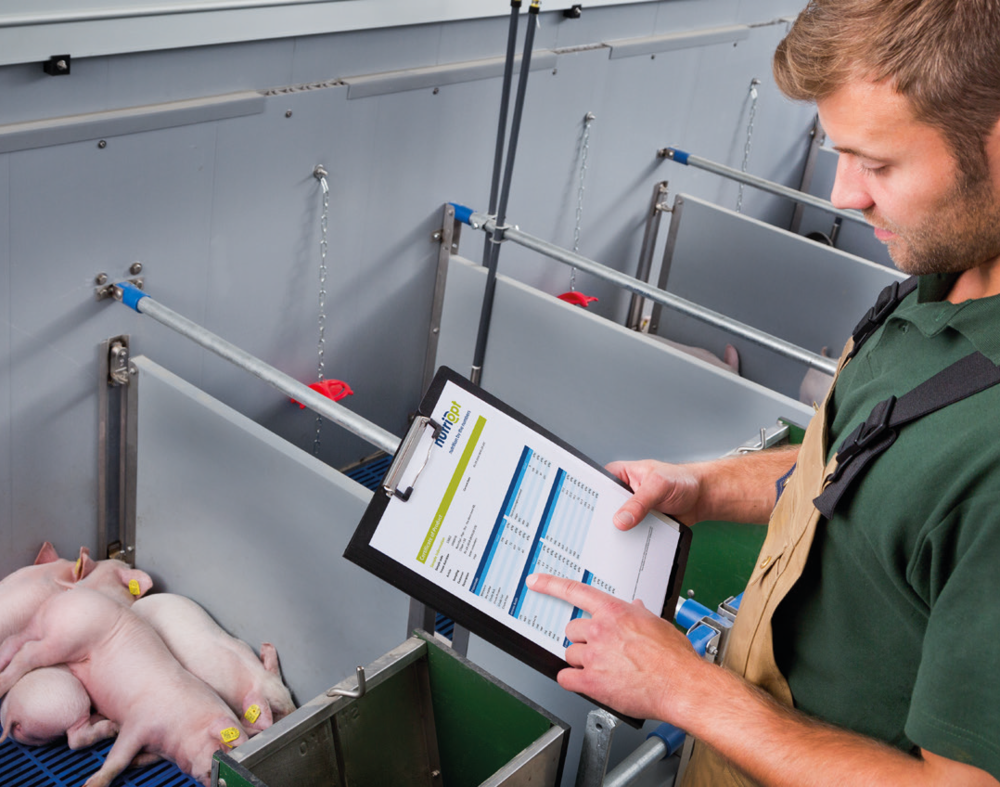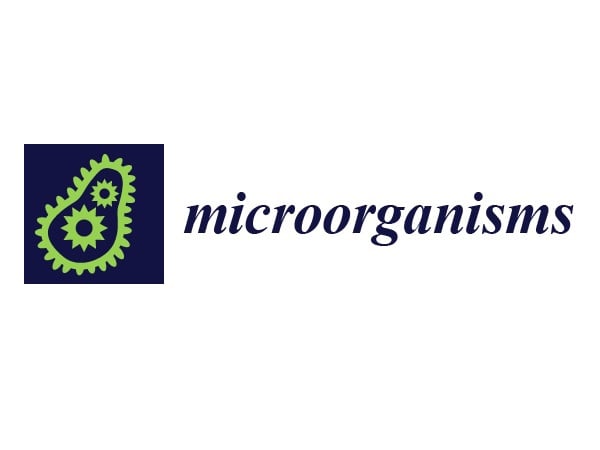
High-tech vybavení pro důkladné sledování
Výzkumné zařízení pro prasata je vybaveno elektronickými krmnými a napájecími stanicemi, které nám umožňují individuálně sledovat příjem krmiva a vody a studovat vzorce příjmu. Toto sledování může odhalit zajímavé poznatky, například skutečnost, že žádná prasnice není stejná, pokud jde o spotřebu vody; denní příjem vody se může u jednotlivých prasnic velmi lišit. Vzorce příjmu krmiva také hodně prozrazují o přirozeném "denním rozvrhu" zvířat; stejně jako lidé mají každý den snídani, oběd a večeři.
Všechny kotce jsou vybaveny materiálem, který zlepšuje životní podmínky zvířat; například březí jednotka je vybavena drátěnkami na hřbetě (původně určenými pro skot), protože mnoho prasnic má rádo drbání. Poskytujeme jim také závěsné míčky skippy, se kterými si mohou hrát. Všechny místnosti obsahují nepřetržitý kamerový a zvukový dohled, který nám umožňuje podrobně studovat chování zvířat nebo v případě zjištění problému přetáčet kameru a zjistit, k čemu došlo.


Otevření naší jednotky pro výživu a zdraví prasat
Nejnovějším přírůstkem našeho výzkumného zařízení je naše nejnovější oddělení výživy a zdraví prasat. Bylo postaven v roce 2020 a skládá se ze čtyř identických místností, které jsou zdravotně i klimaticky kontrolované a umožňují individuální sledování příjmu krmiva a vody. Klíčovou vlastností nové jednotky je, že nám umožňuje simulovat jakékoli podmínky z celého světa. Aby bylo zajištěno, že místnosti mohou udržovat nezávislé klimatické zóny, je každá z nich vybavena vlastním ventilačním systémem. Tím se také zabraňuje křížové kontaminaci a snižují se emise a zápachy. V roce 2021 jsme zahájili rok virtuálním přestřižením pásky, abychom toto nejnovější zařízení slavnostně otevřeli! Více informací o tomto jedinečném otevření si můžete přečíst online: zde.


